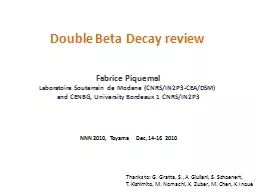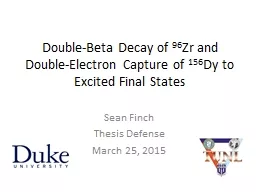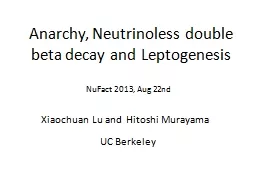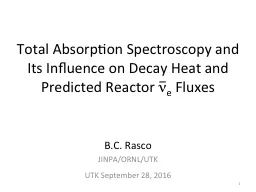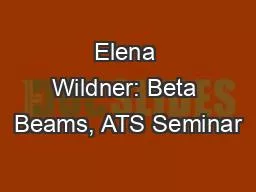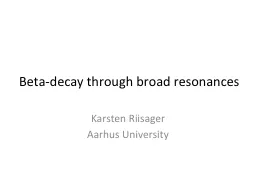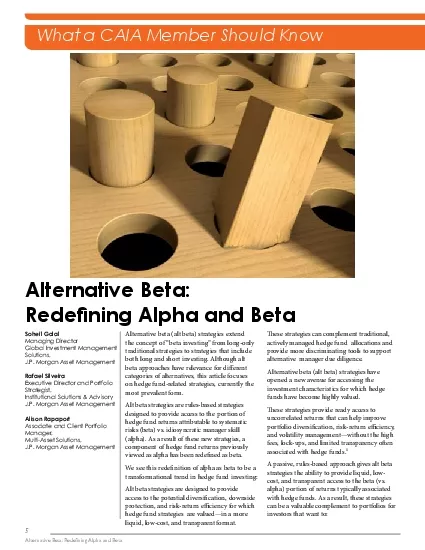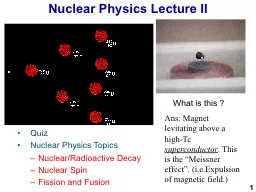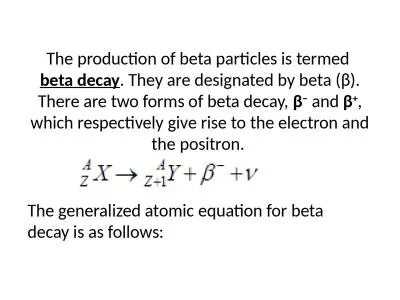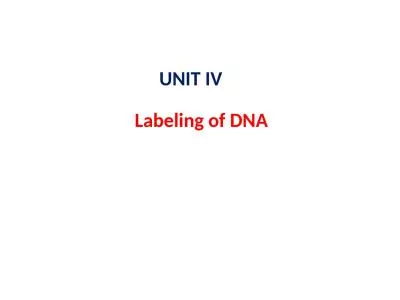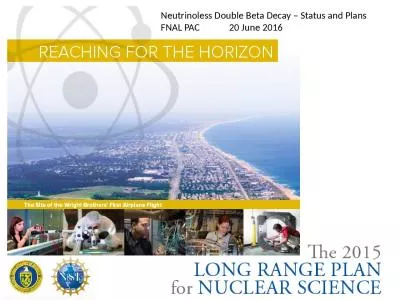PPT-Double Beta Decay review
Author : lindy-dunigan | Published Date : 2019-06-21
Fabrice Piquemal Laboratoire Souterrain de Modane CNRSIN2P3CEADSM and CENBG University Bordeaux 1 CNRSIN2P3 Thanks to G Gratta S A Giuliani S Schoenert
Presentation Embed Code
Download Presentation
Download Presentation The PPT/PDF document "Double Beta Decay review" is the property of its rightful owner. Permission is granted to download and print the materials on this website for personal, non-commercial use only, and to display it on your personal computer provided you do not modify the materials and that you retain all copyright notices contained in the materials. By downloading content from our website, you accept the terms of this agreement.
Double Beta Decay review: Transcript
Download Rules Of Document
"Double Beta Decay review"The content belongs to its owner. You may download and print it for personal use, without modification, and keep all copyright notices. By downloading, you agree to these terms.
Related Documents

